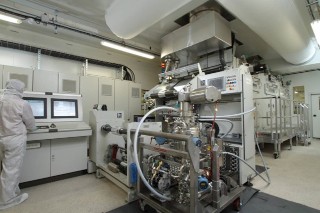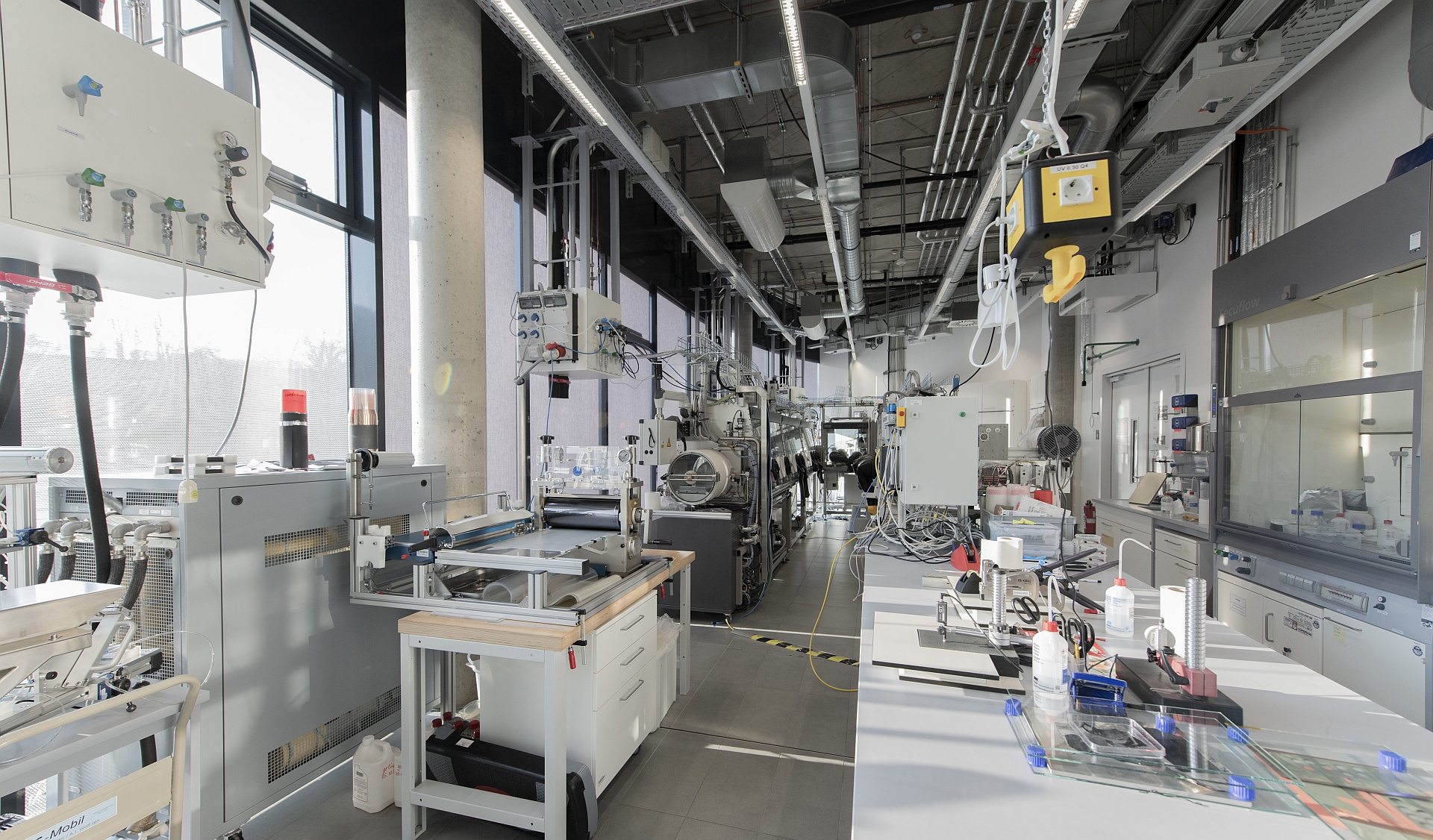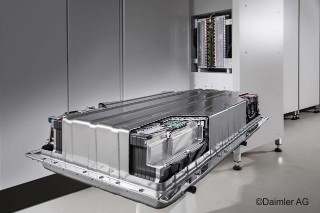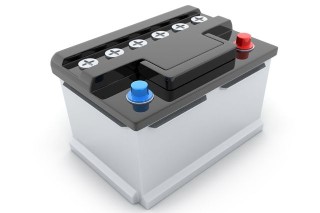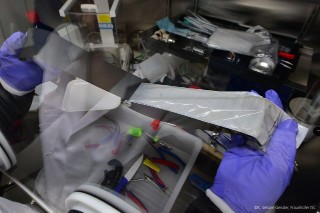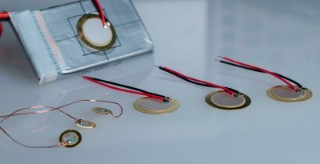
The aim of the HydroLIBRec research project is to create the technological prerequisites for a new sustainable and function-preserving battery recycling system: - more effective - economically more sensible - more environmentally friendly. The complete and optimized process chain should ensure the availability of lithium battery materials in Germany and Europe. The function-preserving recovery of active battery materials through chemical processing and the production of "recycled battery cells" is a cornerstone for the sustainable and necessary closure of material cycles.
more info
